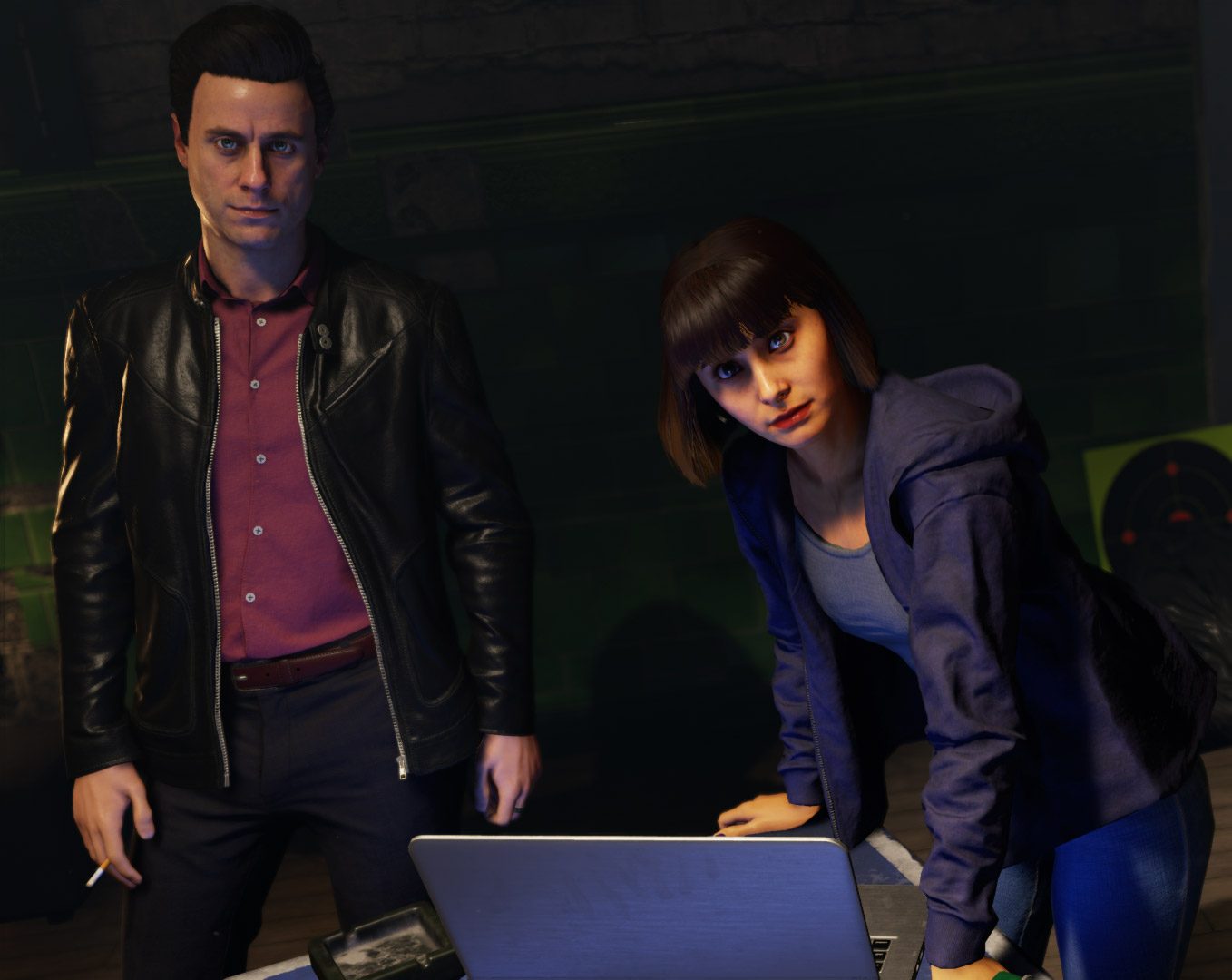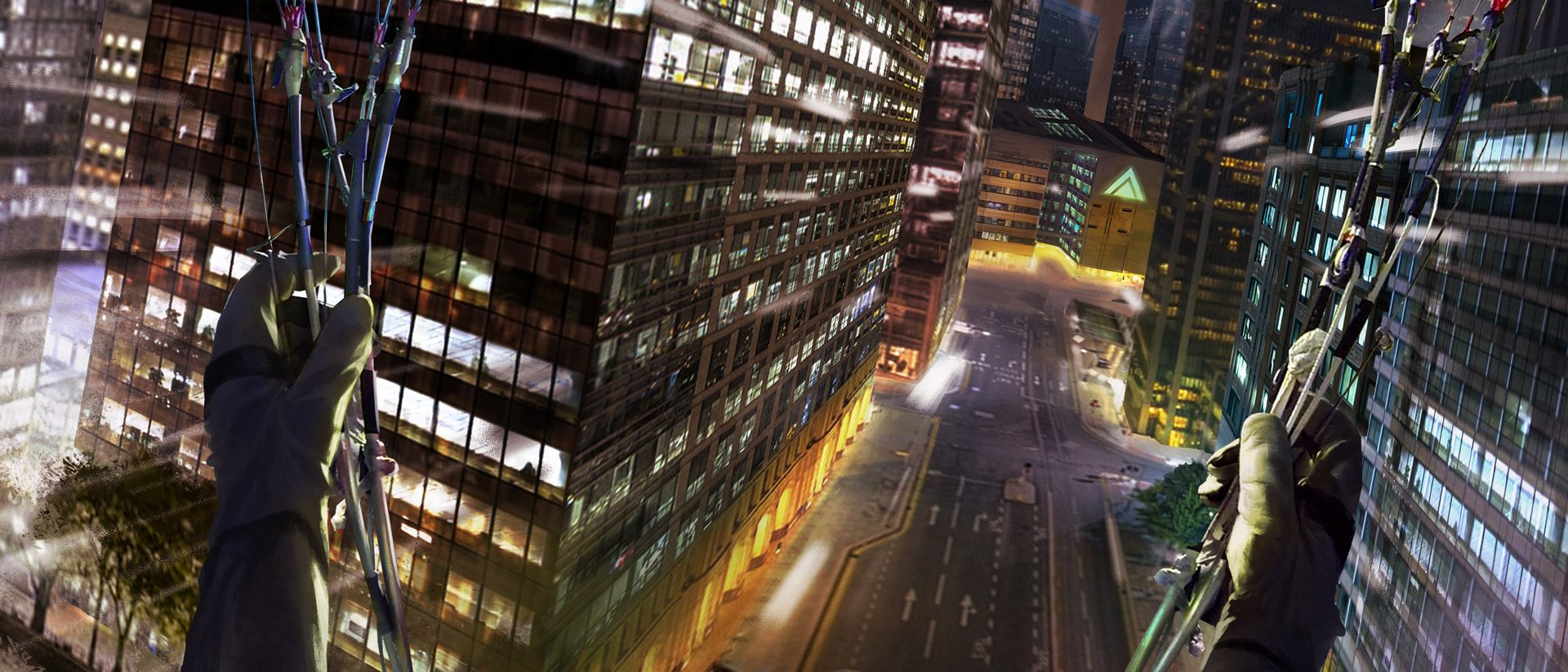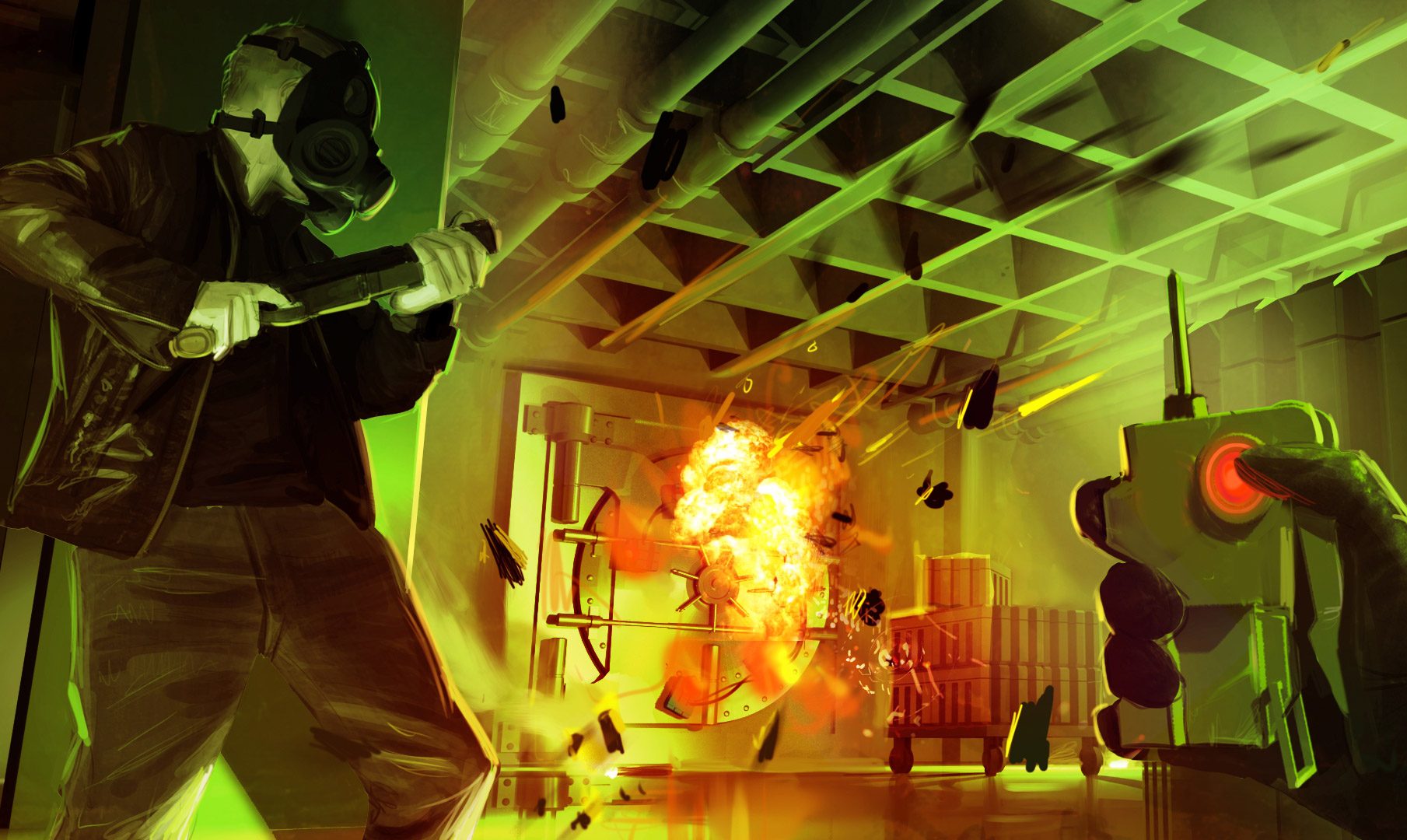To deliver the level of immersion it was aiming for, the studio knew it wanted to push the boundaries of VR graphics from the outset. For all of the extra horsepower available to VR on PCs, Blood & Truth on PS4 Pro is easily among VR’s best looking games and its virtual characters specifically—which are key to propelling the game’s narrative—are truly unrivaled in VR at this scope. Whyte explained how important it was to set an early target for both pacing and visuals to ensure that story and gameplay were woven together throughout.
Note: Whyte and Filice make regular reference to ‘The London Heist’. This was one of the most popular mini-games in PlayStation VR Worlds, developed by London Studio, which launched with PSVR in 2016. ‘The London Heist’ is in many ways a predecessor to Blood & Truth.
“We discovered early on that, whilst explosive gun fights in an environment are fun… they can also be super intense. We needed to break up the gameplay pacing and intensity to make a great experience,” he said. “Story helps a lot in this regard. ‘The London Heist’ showed us the basics of how a good narrative can add to a gameplay experience—we really built on this with Blood & Truth and used the story as our backbone […].”
“We had a great [visual and gameplay] foundation with ‘The London Heist’ experience from PlayStation VR Worlds, but we wanted to push this further. We wanted to increase the fidelity of the world (which is possible as we have a bespoke in-house engine created from the ground up for VR) but also the fidelity of our characters; we moved towards photogrammetry (scanned) actors within our game and then we performance-captured them on a mocap stage.” Whyte said. “When you see, say, Ryan Mark’s mum acting to you, that is the actress Natasha Little’s movements (captured by mocap), face and body (captured by scan), and voice (captured on set as part of the mocap). This makes our performances, with our great cast, that much more impactful and really helps towards the narrative of the game.”

Having an in-house engine gives London Studio the flexibility to build their tech to fit their vision. Whyte spoke to some of the technical upgrades made between ‘The London Heist’ and Blood & Truth.

“Our tech and engine team have made a number of changes. Some are invisible to the end user (quicker editing times to help with iteration) but others are more player-facing—such as improvements to how we handle tracking for reduced latency, changes and improvements to our fixed foveated rendering (for higher quality in the peripheral compared to PlayStation VR Worlds), better utilization of PS4 Pro (higher res, better shadows, added volumetric effects), improved quality of temporal anti-aliasing (sharper image) and a large number of new visual effects—for example how we approached lit particle effects and character shadows.”
From a gameplay standpoint, Whyte says that maintaining user-friendliness was an essential guidepost throughout the development process.
“We spent a lot of time iterating around locomotion, gunplay, AI, and what we call ‘hero moments’. We wanted to have a player experience which was fluid and fun above all else—we didn’t want people to struggle with our game systems… there was a danger that, with over complication, we’d lose the ‘action hero’ feel.”

As with any great VR title, experimentation is key. Finding out what doesn’t work—and being willing to cut it from the game—is equally as important to finding out what does work.
“As to experiments that didn’t make the final cut. I think there’s a couple of examples—we played around early on with the concept of dropping/throwing away weapons and it was cool… but it created a number of design problems that didn’t make our experience fun (accidentally throwing your gun away wasn’t great!),” said Whyte. “We also experimented with a number of different weapon types and AI archetypes—early on we experimented with Molotov cocktails and sniper rifles, but we went in different directions in these cases as the removal worked better for our story and tech.”

Indeed, experimentation in VR game design is especially important because of just how young the medium is. Whyte and the London Studio team were cognizant of not being held back by assumptions of what would or wouldn’t work in VR.
“I think the biggest lesson that we continue to come back to is ‘Don’t treat established wisdom on what is or isn’t possible in VR as set in stone’. A great example was that there was a lot of early thinking that photogrammetry-based character art wouldn’t work in VR and we spent time working through this—and showing that it can!” he said. “It’s easy to have theories on what should and shouldn’t work in VR—we have assumptions on what things won’t work—but sometimes we find that when we code up a quick prototype to test these assumptions that it’s not as simple as it might seem on the surface.”

